Mountain towns around the world have evolved in isolation, developing architectural styles and cultural traditions that seem lifted from storybooks rather than shaped by practical necessities. These communities often grew around mining, logging, or farming activities that required people to adapt to challenging terrain and harsh weather, creating settlements that blend seamlessly with their natural surroundings while maintaining distinct characteristics that make each place feel magical.
The combination of dramatic landscapes, traditional architecture, and small-scale human settlements creates environments where reality often surpasses fantasy in terms of pure visual impact. Here’s a list of 17 mountain towns that offer fairy tale experiences in real-world settings.
Hallstatt
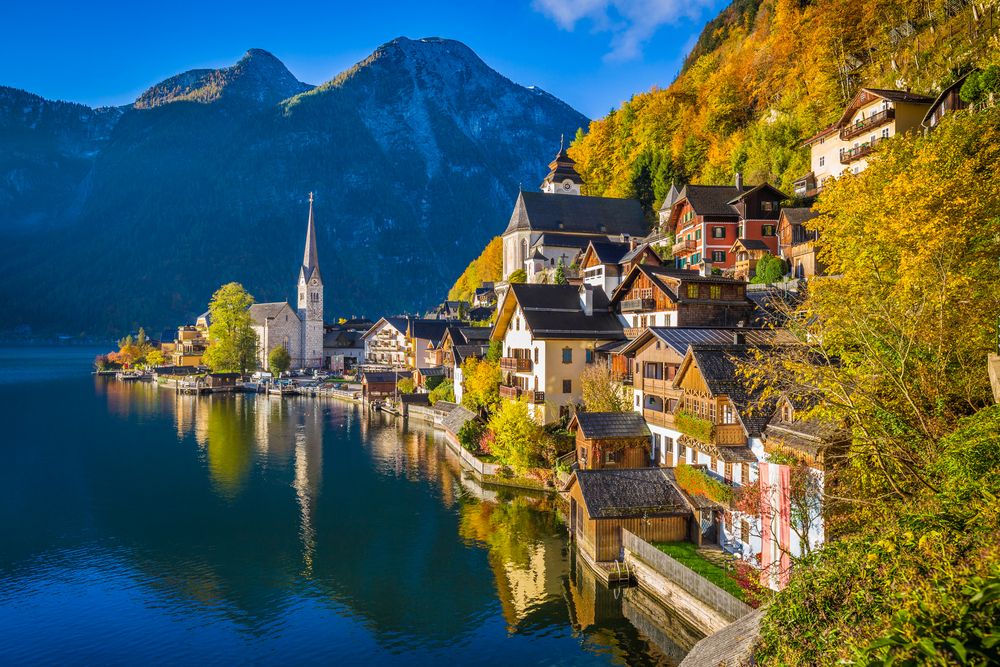
Austria’s lakeside village reflects perfectly in the Hallstätter See, creating mirror images that double the impact of baroque church spires and alpine houses painted in pastel colors. The town’s wealth came from salt mining that continued for over 4,000 years, creating prosperity that funded the elaborate architecture that makes modern visitors feel like they’ve stepped into a fairy tale.
Narrow streets wind between houses that seem to grow from the mountainside itself, while the lake provides a foreground that transforms everyday scenes into postcard-perfect compositions.
Giethoorn

The Netherlands’ ‘Venice of the North’ contains no roads in its historic center—only canals, footpaths, and bridges that connect thatched-roof farmhouses dating to the 18th century. Residents navigate by boat or bicycle, creating a pace of life that eliminates the noise and stress associated with automotive traffic.
The village developed in peat farming areas where water naturally filled the spaces left by peat extraction, creating a unique landscape where human activity and natural processes combined to produce something entirely unexpected.
Like Travel Pug’s content? Follow us on MSN.
Rothenburg ob der Tauber
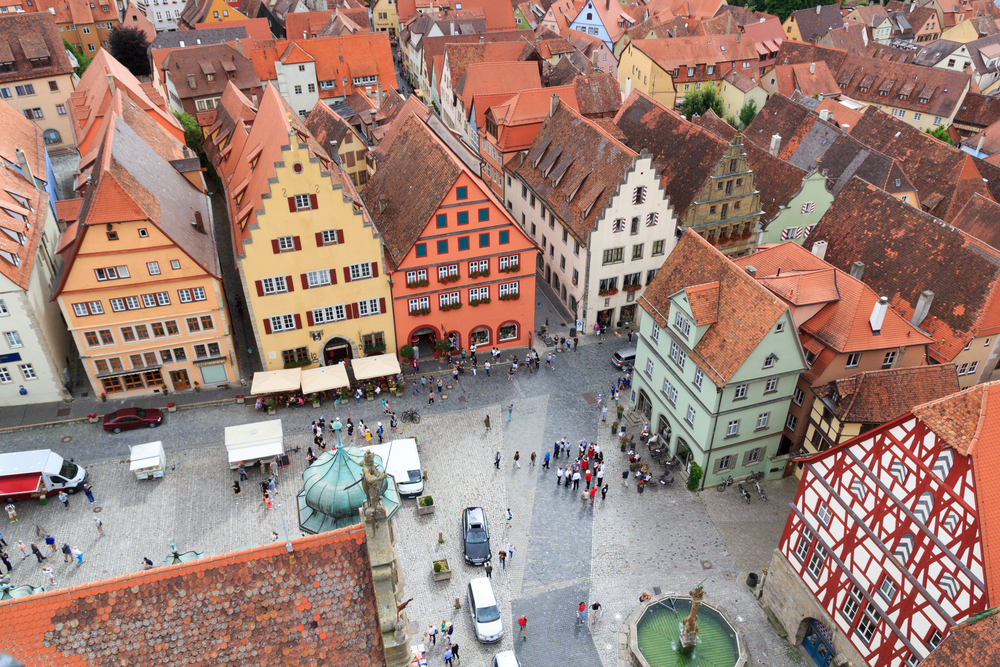
Germany’s medieval walled town survived World War II bombing through a combination of luck and deliberate preservation efforts, maintaining complete city walls and Gothic architecture that transport visitors directly into fairy tale settings. The town’s towers, gates, and half-timbered houses create scenes that Disney animators used as inspiration for numerous animated films.
Nightwatchman tours continue medieval traditions while providing entertainment that feels both authentic and theatrical.
Colmar

France’s Alsatian town combines German and French architectural influences in a setting where canals reflect colorful half-timbered houses that seem too perfect to be real. The ‘Little Venice’ district contains buildings dating to the 13th century, with painted facades and flower boxes that create storybook scenes around every corner.
Local winemaking traditions add authenticity to the fairy tale atmosphere—this isn’t just pretty architecture but a working community that maintains centuries-old traditions.
Český Krumlov

Czech Republic’s medieval town curves around the Vltava River in a setting where a massive castle overlooks Gothic and Renaissance buildings that survived communist-era neglect to emerge as one of Europe’s most perfectly preserved historic centers.
The town’s isolation in the Bohemian countryside protected it from industrialization that destroyed similar communities elsewhere. Street performers and traditional craft shops add life to architectural settings that could easily feel like museum displays.
Like Travel Pug’s content? Follow us on MSN.
Sinaia
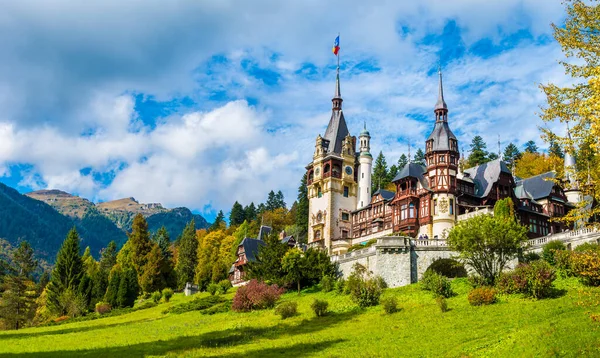
Romania’s mountain resort developed around a monastery and royal palace in settings where the Carpathian Mountains create dramatic backdrops for architecture that range from traditional Romanian styles to elaborate Belle Époque confections. Peleș Castle represents one of Europe’s most extravagant royal residences, while the surrounding town maintains the atmosphere of an exclusive mountain retreat.
The combination of Orthodox architecture, German influences, and mountain landscapes creates a distinctly Eastern European fairy tale atmosphere.
Gruyères
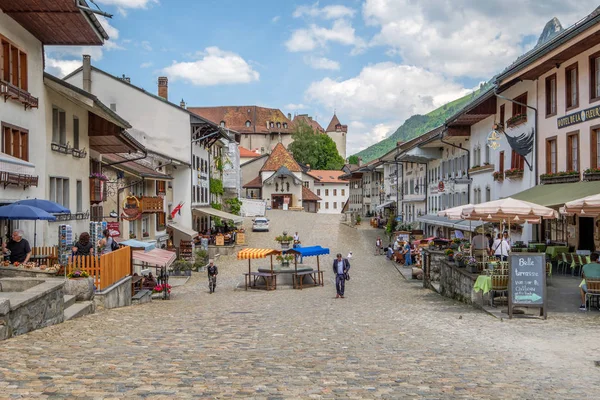
Switzerland’s cheese-making town sits on a hilltop surrounded by alpine meadows where traditional farming continues much as it has for centuries. The car-free medieval center contains cobblestone streets and Gothic buildings that overlook valleys where the famous cheese still gets made using traditional methods.
The town’s small size means every building contributes to the overall fairy tale atmosphere—there are no ugly modern intrusions to break the spell.
Albarracín
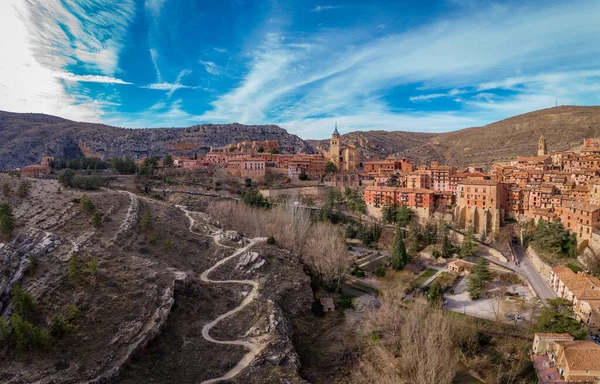
Spain’s pink-hued town clings to rocky cliffs in settings where medieval walls and towers blend so seamlessly with the natural stone that buildings seem to grow from the mountainside itself. The town’s isolation in the mountains of Aragón preserved architectural styles that disappeared elsewhere as Spain modernized.
Narrow streets wind between houses whose walls follow the contours of the underlying rock, creating organic urban forms that feel more grown than planned.
Like Travel Pug’s content? Follow us on MSN.
Monsanto
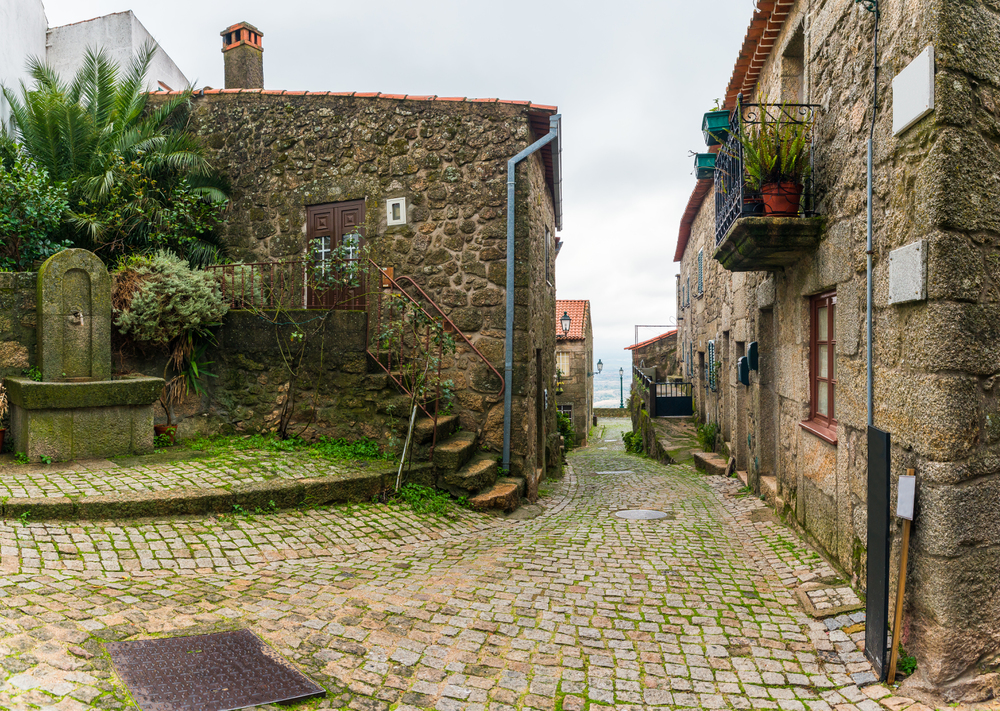
Portugal’s ‘most Portuguese village’ incorporates massive granite boulders into its architecture, creating houses that seem like natural extensions of the mountain itself. Some buildings use boulder faces as walls or roofs, blurring the lines between natural and constructed environments.
The village’s dramatic location atop a granite dome provides panoramic views across the Portuguese countryside while creating fortress-like isolation that protected residents throughout centuries of warfare.
Shirakawa-go
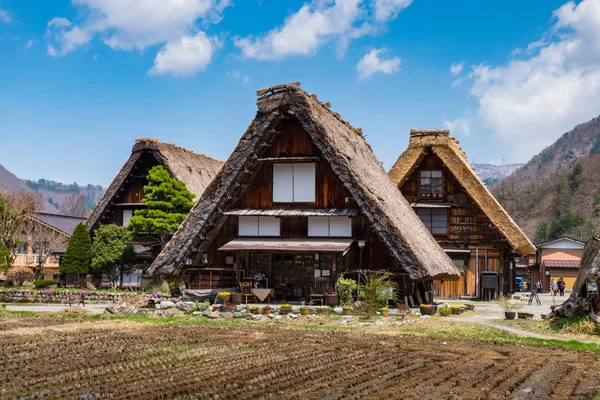
Japan’s UNESCO World Heritage village contains traditional gassho-zukuri farmhouses with steep thatched roofs designed to shed heavy mountain snow loads. The village sits in a valley surrounded by mountains that provide isolation and protection while creating dramatic seasonal changes that transform the landscape throughout the year.
Traditional farming and silk production continue alongside heritage tourism, maintaining authentic rural life within fairy-tale architectural settings.
Reine

Norway’s Lofoten Islands fishing village sits at the base of dramatic peaks that rise directly from the sea, creating some of the world’s most spectacular small-town settings. Traditional red rorbuer (fishermen’s cabins) sit on stilts over the water, while snow-capped mountains provide backdrops that change dramatically with the light.
The midnight sun and northern lights create natural phenomena that add magical elements to already extraordinary landscapes.
Like Travel Pug’s content? Follow us on MSN.
Gimmelwald
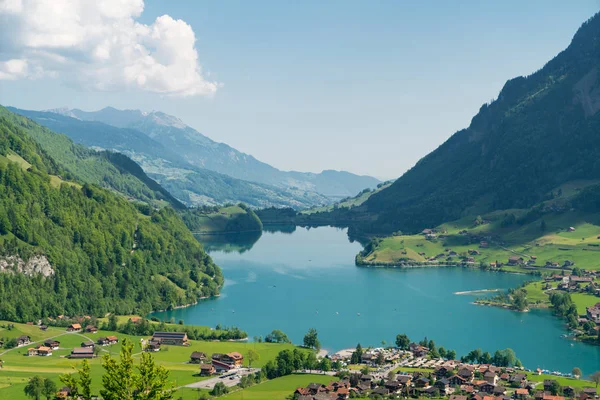
Switzerland’s car-free village sits on a shelf high above the Lauterbrunnen Valley, where traditional farming continues against backdrops of waterfalls and glaciated peaks. The village maintains authentic Alpine life while providing access to some of the Swiss Alps’ most spectacular hiking and skiing.
Cable cars provide the only mechanical access, preserving the village’s isolation while making it reachable for visitors willing to make an effort.
Bled

Slovenia’s lakeside town centers around a church-topped island in an alpine lake where medieval castles perch on cliffs and traditional pletna boats provide the only access to the island church. The lake’s emerald waters reflect the surrounding mountains while maintaining temperatures warm enough for swimming during the summer months.
Traditional cream cake served at lakeside cafés has become legendary among visitors, while the castle’s clifftop location provides fairy tale views that encompass the entire lake and surrounding Julian Alps.
Telluride

Colorado’s former mining town sits in a box canyon surrounded by 13,000-foot peaks where Victorian architecture creates Wild West fairy tale atmospheres enhanced by world-class skiing and summer festivals. The town’s isolation at the end of a dead-end valley preserved its historic character, while elevation and terrain created natural protection from development pressures that transformed other Colorado mountain towns.
Modern amenities blend seamlessly with 19th-century buildings, creating luxury experiences within authentic Western settings.
Like Travel Pug’s content? Follow us on MSN.
Banff
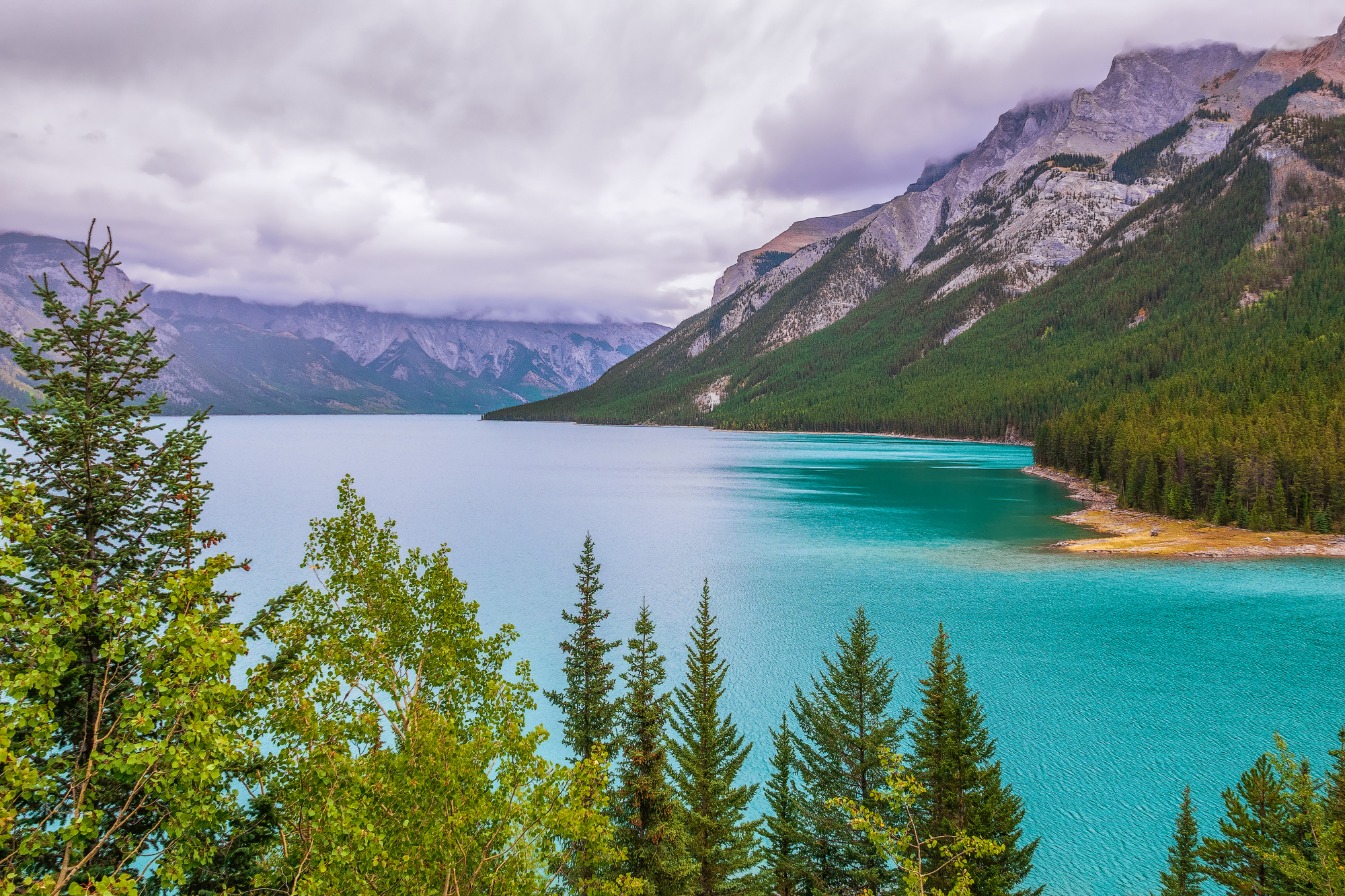
Canada’s Rocky Mountain town sits within a national park where towering peaks surround a community that balances tourism infrastructure with wilderness preservation. The Fairmont Banff Springs Hotel represents one of the world’s great mountain resorts, while the surrounding town maintains a small-scale character despite receiving millions of annual visitors.
Elk wander through residential streets while mountain goats navigate cliff faces that rise directly from the town’s edges.
Positano
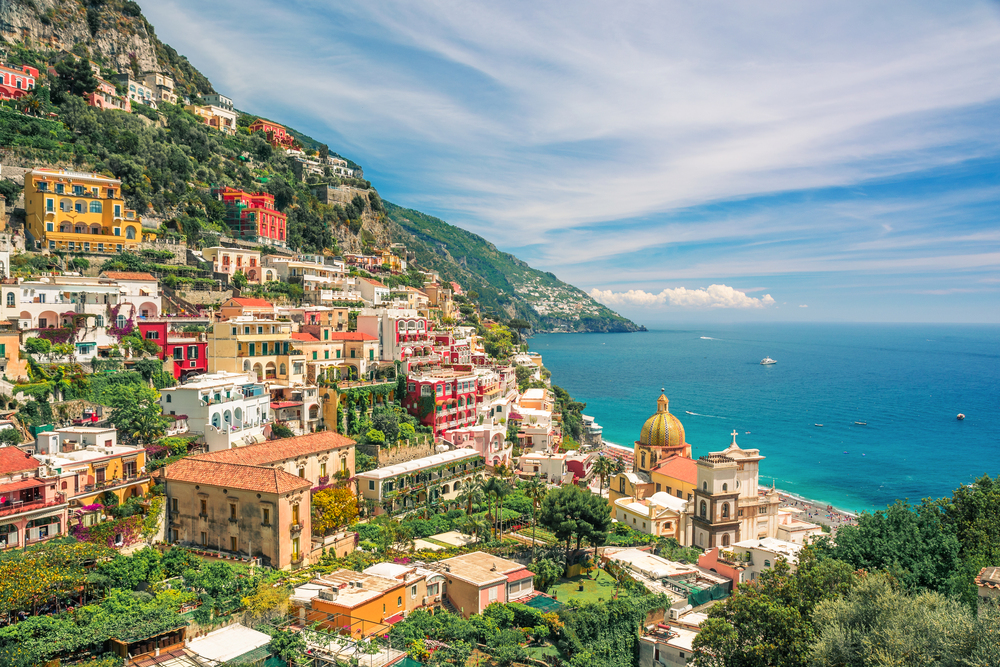
Italy’s Amalfi Coast town cascades down mountainsides in terraces of pastel-colored houses that seem to defy gravity and create one of the Mediterranean’s most photographed landscapes. Lemon groves and vineyards occupy terraces carved into steep slopes, maintaining agricultural traditions that date to medieval times.
The town’s vertical layout means every building enjoys spectacular sea views while creating intimate pedestrian spaces that encourage exploration and discovery.
Queenstown
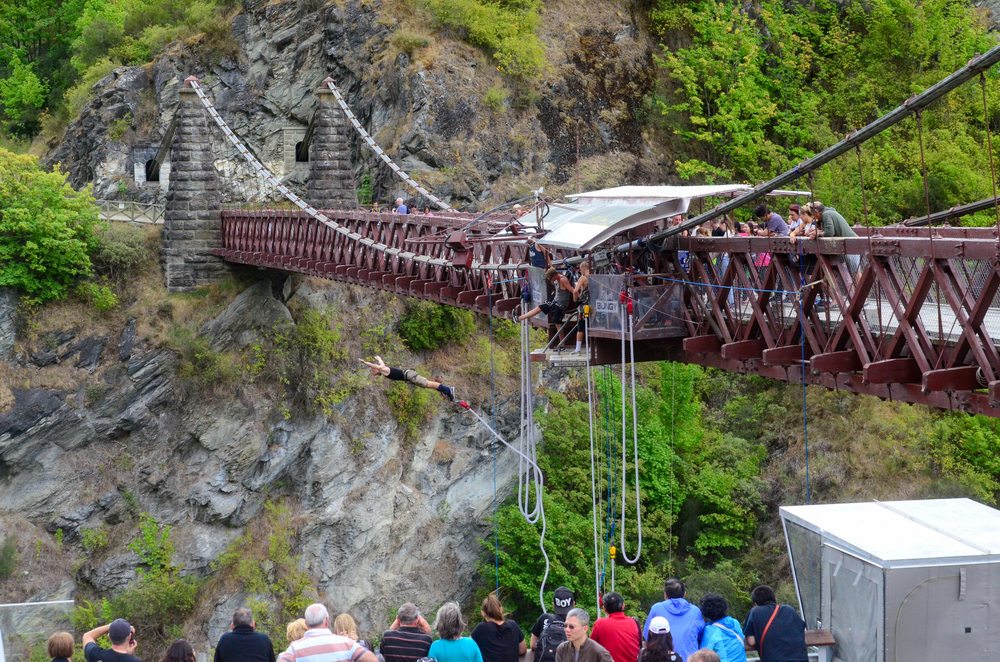
New Zealand’s adventure capital sits beside a mountain lake, where dramatic peaks create natural amphitheaters for outdoor activities that range from bungee jumping to wine tasting. The town’s compact size belies its international reputation as an adventure destination, while the surrounding landscapes provide backdrops that seem too spectacular to be real.
Seasonal changes transform the scenery dramatically, from summer hiking conditions to winter snow sports that take advantage of the Southern Hemisphere’s reversed seasons.
Like Travel Pug’s content? Follow us on MSN.
Living Storybooks
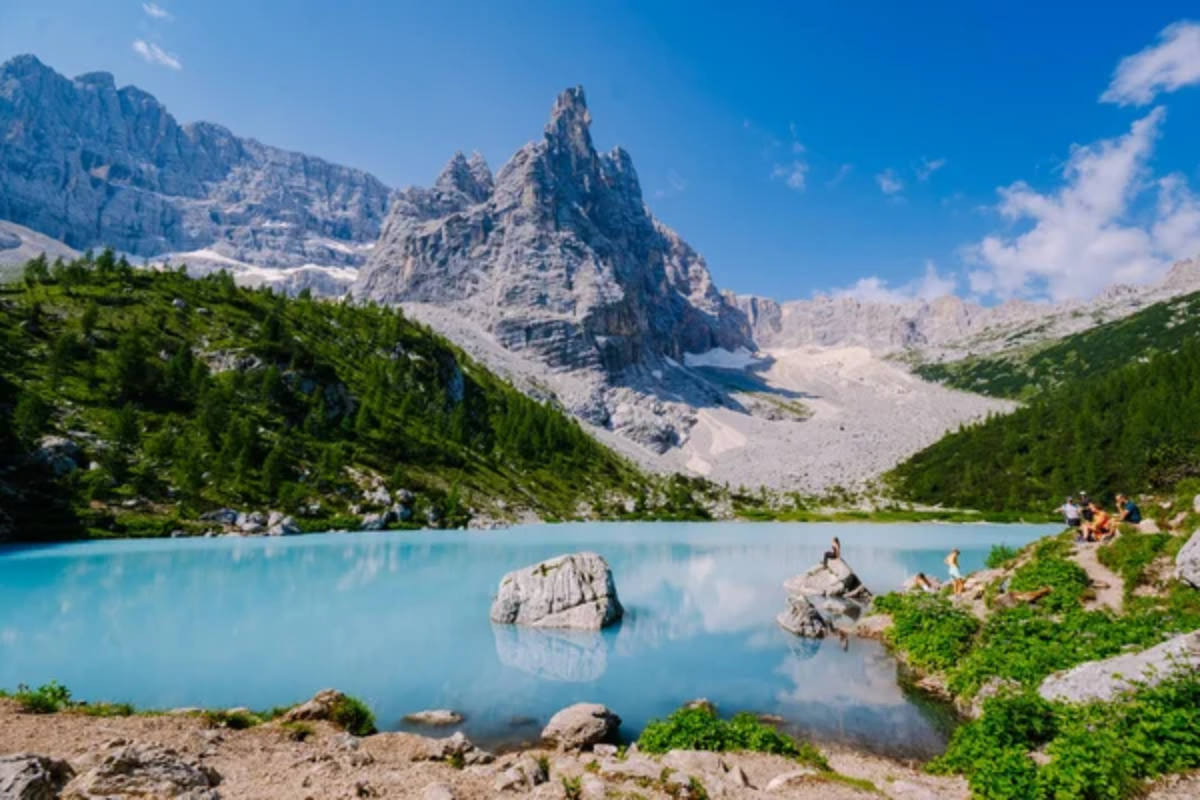
These mountain towns prove that the most enchanting human settlements often emerge where geography forces creativity—steep slopes, harsh weather, and isolation create conditions where communities must adapt in ways that produce extraordinary beauty alongside practical functionality. Each town reflects the specific challenges and opportunities of its mountain environment while maintaining cultural traditions that connect directly to the landscape’s natural rhythms.
The combination of dramatic settings and human-scale architecture creates experiences that satisfy both our need for beauty and our desire for authentic connections to place and community.
More from Travel Pug

- 20 Best Beach Towns in the Carolinas
- 13 Destinations Where Tourists Regularly Regret Their Trip
- 20 Destinations That Are More Magical Without an Itinerary
- 20 Underrated Adventures That Belong on Your Travel List
- 20 Cities Where You Should Just Wing It, No Planning Required
Like Travel Pug’s content? Follow us on MSN.
